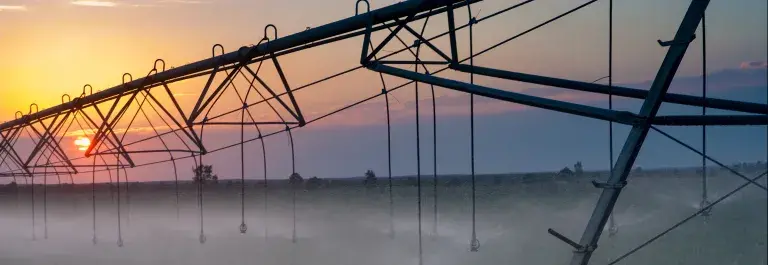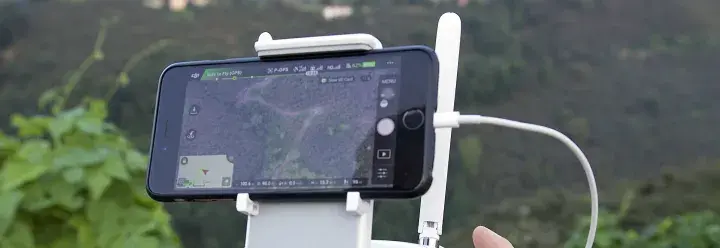Assurance professionals are working together to develop good practice guidance for remote auditing, with the goal of keeping supply chains operational under crisis conditions.
Sustainability systems and their partners have worked for more than two decades to help mitigate the negative environmental effects and social inequalities of our global production systems.
An essential aspect of this assurance has been the independent/third party audit, usually conducted annually and on-site for certified operations. With the global pandemic, this usual approach was severely disrupted, affecting all organisations involved in the audit process across global supply chains and a myriad of sectors.
To help safeguard our collective sustainability assurance efforts, ISEAL, with support from the Sustainable Trade Initiative (IDH), launched a project to capture the emerging innovations in remote auditing.
The project aims to develop solutions to help keep responsible supply chains operational under crisis conditions, whilst remaining Covid-safe. To help achieve this goal, ISEAL brought together assurance professionals from a range of organisations and sectors to share experiences and agree what good practice for remote auditing looks like.
What have we learned so far?
Sustainability systems and their assurance partners were quick to adapt to the challenges of Covid-19, with many adopting remote auditing techniques.
Although initial responses included force majeure policies and the pausing of some auditing activities, systems continued to adapt and evolve when it became clear that the pandemic would outlast any short-term solutions.
2020 therefore became a period of rapid innovation and testing of new technology, data solutions and policy interventions. Now we’re seeing use of video-conferencing, data to improve detection of sustainability and health risks, and camera/video footage so auditors can view sites remotely.
Perhaps most interesting, is the pandemic has seemingly given rise to a new type of hybrid audit. Also known as partial, facilitated or semi-remote audit, it involves combining desk-based verifications with the use of local facilitators. These facilitators help virtual lead auditors verify practices on the ground by organising meetings, holding cameras under direction of the auditor, securing worker interviews and more.
However, more work is needed to ensure the long-term credibility of remote auditing practices, especially if it is to become a permanent fixture of sustainability assurance.
The way forward
The constraints created by the pandemic have shown us that risk-based approaches have to be part of future assurance models. Supplementing traditional annual audit data with other sources of information that is more frequently available, is a key component to improving risk detection of non-conformities and determining the level of assurance required – including eligibility for remote audits and feasibility of conducting them.
There are no one-size-fits-all solutions, though there are clear benefits to making better use of data and looking to new technology, like worker voice tools. Given the variability of auditing situations and operational contexts faced, rolling out globally applicable policies and tools is challenging and requires flexible solutions that do not compromise on credibility. In addition, remote auditing solutions may not even be appropriate to assess all scheme requirements.
One of the biggest challenges encountered involves assessing human rights and socio-economic requirements, as these typically rely on conducting worker interviews. Replacing these face-to-face interactions with virtual ones raises numerous concerns, including the lack of control over the interview process, lack of trust-building without an on-site presence and potentially introducing a process that lends itself to coaching and threats of retaliation for workers.
Tools and data are also not solutions in of themselves. Using these resources well and in the right contexts requires careful planning and consideration. To support sustainability systems and their partners in using technology and data to enable the remote audit process, ISEAL produced this practical guidance.
A catalyst for innovation
For sustainability assurance, the pandemic has been a catalyst for innovation. We are capitalising on everything we have learnt so far and bringing these lessons and practices forward for use in non-crisis times.
There are many benefits to remote auditing if used in the right way and the right contexts. It can increase efficiency, ensure safety of personnel and reduce the environmental footprint, which makes it well worth exploring. However, just like on-site auditing, there are drawbacks – ultimately, there is a time and a place for its use. Future proofing assurance and building operational resilience is not about replacing one way of working with another, but rather finding complementary solutions and combining the best of both approaches.
This is an area where good practice is still being developed, which is why the next phase of the project is focused on developing a good practice guide for remote auditing. This new guidance will draw on the experiences and expertise of the assurance professionals involved in the project, as well practical lessons learnt from a series of ISEAL funded pilots.
The guide aims to serve as a reference for sustainability systems, helping them to evolve their assurance systems by incorporating remote and flexible solutions to make them more resilient, efficient and future-proof.
Learn more about our remote auditing project here.



